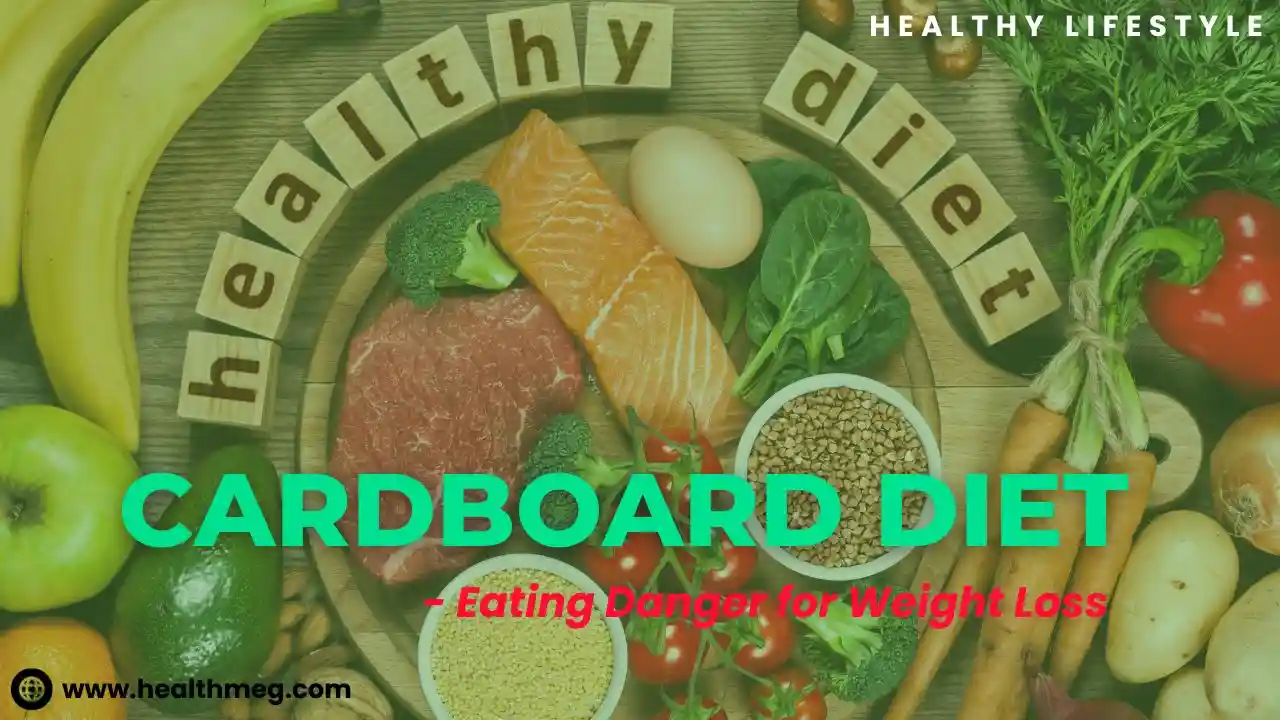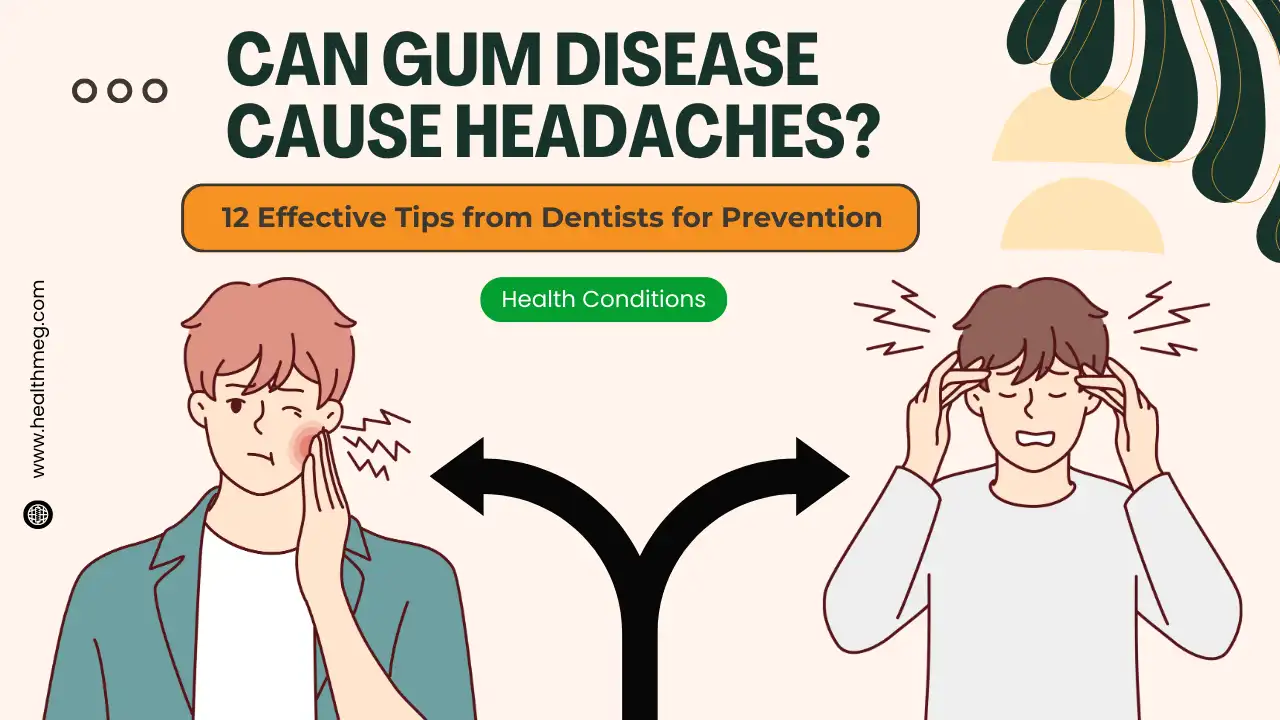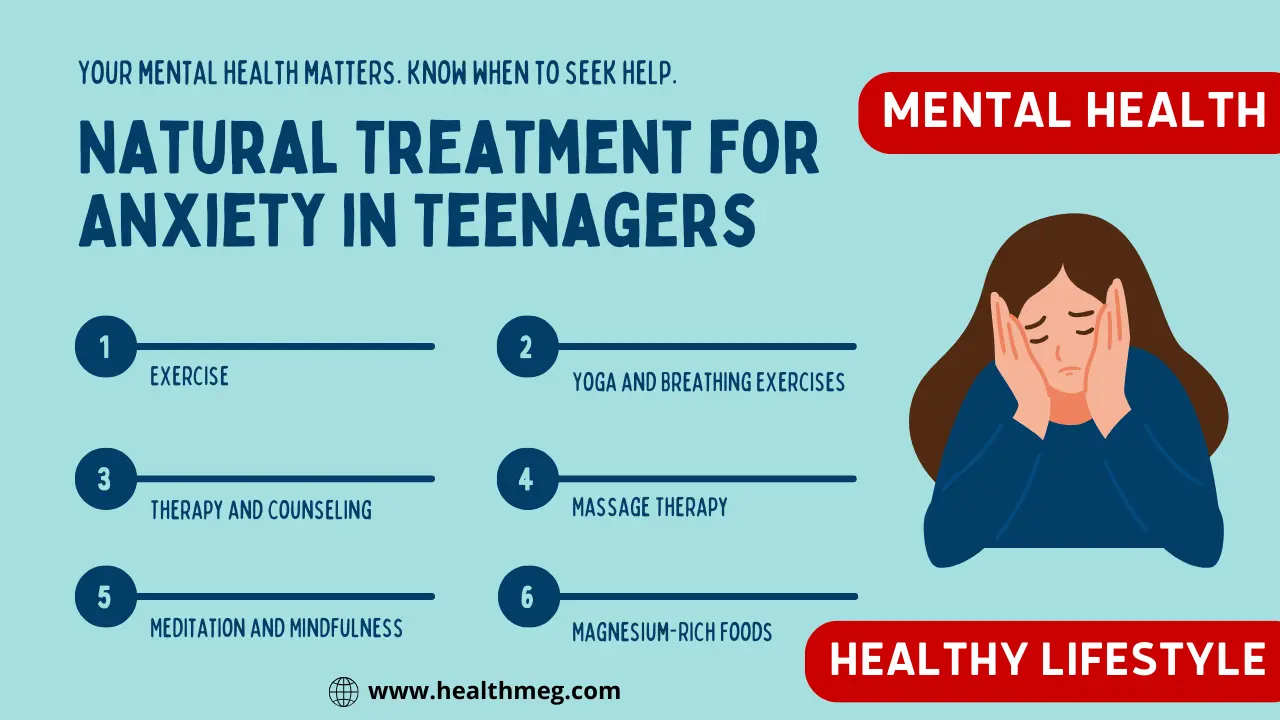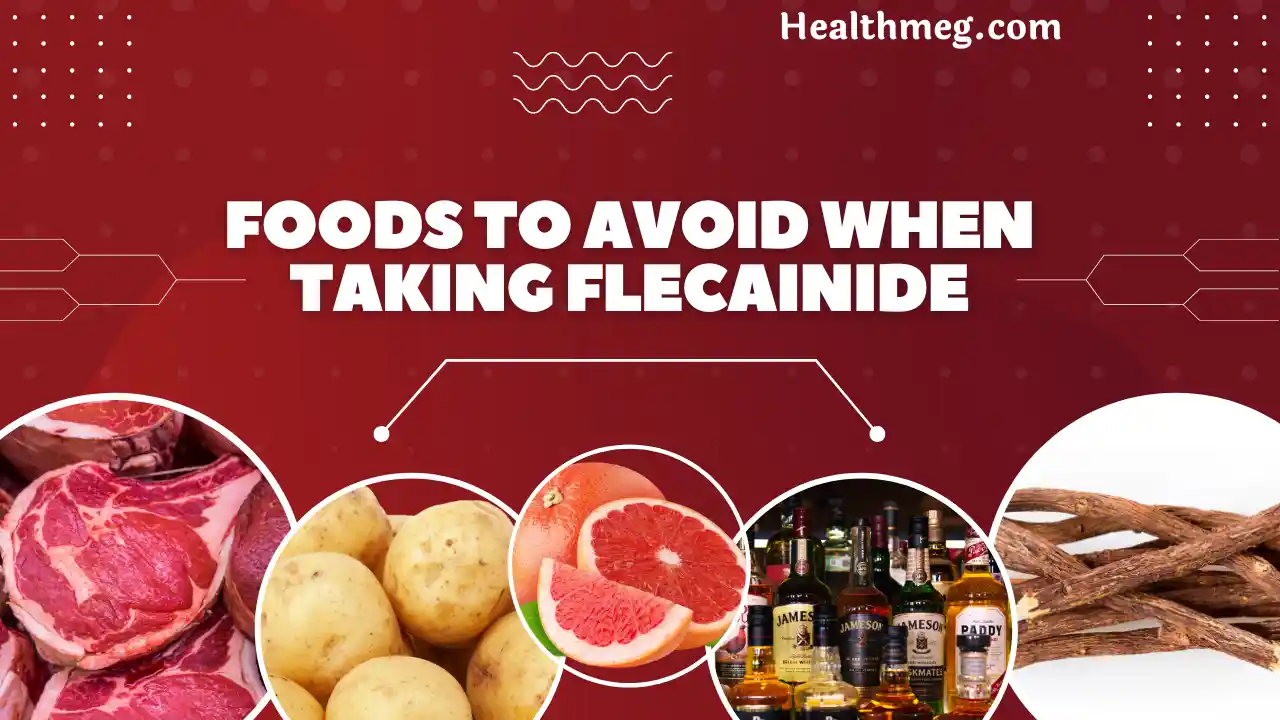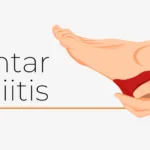Introduction
Eating cardboard boxes for weight loss? It may sound absurd, but the so-called “Cardboard Diet” has been gaining traction on social media and among proponents of extreme diet culture. Proponents claim cardboard is low-calorie, fills you up, and facilitates weight loss through intestinal issues. However, medical experts resoundingly agree: that consuming cardboard boxes poses grave health risks ranging from digestive problems and malnutrition to potential death.
This article will analyze the purported “science” behind the cardboard diet, categorically debunk its myths, highlight the immense dangers, and explore the psychological motivations drawing people to such unhealthy quick fixes. We’ll also discuss ethical considerations for media outlets and influencers, compare the cardboard diet to other fads, and offer science-backed, healthy alternatives for sustainable weight loss.
Do read the People Also Ask (FAQs) about this topic.
Key Takeaway
- Consuming cardboard boxes poses extreme health dangers including intestinal damage, malnutrition, infection, and potential death while providing no nutritional value or safe weight loss benefits whatsoever.
- The “cardboard diet” involves eating cardboard boxes to supposedly feel full, lose weight quickly, and “cleanse” the digestive tract. However, medical experts agree it poses dangerous health risks.
- Cardboard provides no nutritional value and can’t be properly digested. Consuming it risks intestinal injuries, sepsis, impairment of nutrient absorption, and malnutrition.
- Any minor weight loss from the cardboard diet would occur due to malnutrition, which has severe consequences. Rapid weight loss through starvation harms health.
- Social media trends and influencers often spread dangerous fad diets like the cardboard diet without considering potential harm. Stricter regulation could help address this issue.
- Sustainable weight loss requires patience, self-care, a balanced lifestyle with wholesome nutrition, regular exercise, and a positive relationship with your body. Extreme diets should be avoided.
Nutritional Value Of Cardboard
Before discussing anything, let’s discuss cardboard nutritional value for weight loss
Cardboard is primarily made of cellulose, a type of fiber. However, humans lack the necessary enzymes to digest cellulose, so it provides no nutritional value when consumed. In fact, consuming cardboard can be harmful as it may lead to gastric or intestinal blockage.
Moreover, cardboard often contains inks and other chemicals used in its production, which could be harmful if ingested. Therefore, it’s not recommended to consume cardboard for any reason, including weight loss or nutrition.
The Science Behind Eating Cardboard
Followers of the cardboard diet believe the indigestible fibre expands in the stomach, causing feelings of fullness, so you eat less. Some also claim it “scrubs the intestines” by irritating the digestive tract. Neither idea holds scientific merit. Cardboard consists of cellulose fibres, which humans cannot adequately break down or absorb nutrients from. Consuming it provides no nutritional value and carries hazardous repercussions.
Origins and Popularity
The origins of eating cardboard for weight loss remain unclear. Experts suggest internet trends and the promotion by attention-seeking social media influencers may play a role in popularizing diet fads regardless of safety. The notion of “tricking your body” with bizarre, uncomfortable digestion seems to carry a certain intrigue for extremes.
Health Implications
The human intestines cannot effectively process cardboard. Swallowing it risks major intestinal damage, including small bowel obstruction, perforation, infection, and sepsis. The abrasive fibres can also destroy the intestinal villi responsible for absorption, causing impairment over time. Nutritionally, cardboard contains no proteins, healthy fats, vitamins, or minerals, all of which are essential for survival.
The Dangers of Weight Loss through the Cardboard Diet
The cardboard diet, which involves consuming cardboard as a means to lose weight, is not only ineffective but also poses serious health risks.
- Lack of Nutritional Value: Cardboard is made up of cellulose fibres, which humans cannot digest or derive nutrients from. Consuming cardboard provides no essential nutrients like proteins, healthy fats, vitamins, or minerals.
- Potential Health Risks: Consuming cardboard can lead to a range of health issues. It can cause intestinal blockage, perforation, and even sepsis. Additionally, cardboard often contains harmful chemicals and toxins.
- Unsustainable and Dangerous: The cardboard diet is not a sustainable or healthy way to lose weight. Any weight loss resulting from this diet is likely due to malnutrition, which can have severe health consequences.
- Promotes an Unhealthy Relationship with Food: Extreme diets like the cardboard diet can contribute to an unhealthy relationship with food and body image, potentially leading to eating disorders.
Instead of resorting to dangerous and ineffective methods like the cardboard diet, it’s recommended to adopt a balanced diet and regular exercise for healthy and sustainable weight loss. If you’re struggling with weight loss, consider seeking help from a healthcare professional or a registered dietitian.
Debunking the Myths
Myth: Cardboard fills your stomach up, so you eat less.
Fact: While cardboard takes up space, it provides no nutrients to sustain the body. Malnutrition can occur alarmingly quickly.
Myth: Cardboard helps you lose weight quickly.
Fact: Any minor weight loss stems from malnutrition. Rapid weight loss through starvation harms health.
Myth: Cardboard cleans and “scrubs” your intestines.
Fact: Cardboard scrapes the intestines, destroying the tissue and inhibiting the absorption of nutrients. This can cause a severe infection.
Myth: Cardboard is safe in small amounts.
Fact: Any quantity of cardboard risks intestinal blockage, perforation, sepsis, and death. Toxic chemicals in cardboard, like lead and BPA, pose additional dangers.
The Psychological Motivators
Why would rational individuals intentionally harm themselves via a cardboard diet? Mental health experts suggest several psychological explanations:
Body image pressures: Diet culture and unrealistic beauty standards contribute toward extreme weight control behaviours in pursuit of thinness. The cardboard diet represents this unhealthy mindset taken to the extreme.
Fixation on quick fixes: Humans innately crave quick solutions. Fad diets promise dramatic results fast, but safe weight loss requires patience with a healthy regimen.
Mental health issues: Conditions like body dysmorphic disorder or eating disorders may underpin obsessive food rules and risky weight loss attempts. Professional treatment is key.
The Role of Social Media in Spreading Diet Trends
In the digital age, social media platforms have become a primary source of information for many people. However, the spread of information on these platforms is often unchecked, leading to the rapid dissemination of potentially harmful trends like the cardboard diet.
- Influence of Social Media: Social media platforms like Instagram, TikTok, and Twitter have a significant influence on what we perceive as popular or trendy, including diet trends. The cardboard diet, like many fad diets before it, gained traction through viral posts and shares, reaching a wide audience in a short amount of time.
- The Role of Influencers: Influencers, individuals who have amassed a large following on social media platforms, play a crucial role in promoting trends. Unfortunately, not all influencers consider the potential harm of the trends they promote. It’s essential for followers to critically evaluate the health advice shared by influencers and consider their qualifications.
- The Need for Regulation: The rapid spread of potentially harmful diet trends like the cardboard diet highlights the need for more stringent regulation on social media platforms. Platforms could implement stricter guidelines for posts promoting health and diet trends and provide better resources for users to report harmful content.
- Promoting Health Literacy: Social media platforms and influencers can play a positive role in promoting health literacy. Sharing scientifically-backed health information and promoting body positivity and healthy eating habits can counteract the harm caused by fad diet trends.
How the Cardboard Diet Compares to Other Fads
While especially shocking, the cardboard diet echoes other unhealthy fads like the tapeworm diet, the air diet, the sunlight diet, and breatharianism (believing air alone sustains). Compared to the infamous cotton ball diet, which encourages consuming fibre to curb appetite, both brands carry a false sense of filling while delivering no nutrients. However, cardboard poses additional risks as it has sharp fibres that can tear the intestine lining when cotton cannot.
First-person accounts detail the painful gastrointestinal effects those attempting cardboard consumption endure. Symptoms like severe abdominal pain, cramping, bloating, constipation, and bloody stools emerge within days, causing followers to quit the diet quickly. Comparatively, few persist in eating cardboard long enough to suffer life-threatening consequences like sepsis. Nonetheless, attempting it even briefly poses a grave risk.
Ditch the Cardboard, Approach to Healthy Deal
Instead of chasing dangerous fads like the cardboard diet, let’s focus on building a healthy, sustainable lifestyle that nourishes both body and mind. Here’s how:
Fuel Your Body with Real Food:
- Ditch the processed: Prioritize whole grains, lean proteins, fresh fruits, and colourful vegetables. These provide essential nutrients, fibre, and antioxidants that keep your body running optimally.
- Embrace the rainbow: Each colour of fruits and vegetables boasts unique health benefits. Explore a variety to ensure your body gets the full spectrum of nutrients it needs.
- Cook more at home: Preparing your own meals gives you control over ingredients and portion sizes. Experiment with healthy recipes and discover the joy of cooking with fresh, wholesome foods.
Move Your Body, Love Your Body:
- Find your fitness groove: Discover activities you enjoy, whether it’s dancing, swimming, hiking, or team sports. Regular physical activity boosts your mood, energy levels, and metabolism, all contributing to healthy weight management.
- Make it a habit: Aim for at least 30 minutes of moderate-intensity exercise most days of the week. Start small and gradually increase duration and intensity as you get fitter.
- Listen to your body: Don’t overexert yourself. Pay attention to your body’s signals and take rest days when needed.
Nurture Your Mind:
- Ditch the diet mentality: Focus on building a healthy lifestyle, not just shedding pounds. Embrace a holistic approach that includes nourishing food, regular exercise, and self-compassion.
- Challenge body image myths: Unrealistic beauty standards fuel unhealthy weight-loss practices. Redefine your relationship with your body, appreciating its strengths and functions instead of fixating on appearance.
- Seek support: Don’t hesitate to seek professional help from a registered dietitian or therapist if you’re struggling with food or body image issues. Their guidance can empower you to develop healthy habits and a positive relationship with yourself.
Prioritize Self-Care:
- Focus on overall wellness: Aim for a balanced life that includes good sleep, stress management, and positive social connections. These factors contribute significantly to overall health and well-being.
- Listen to your internal cues: Pay attention to your body’s hunger and fullness cues to develop intuitive eating habits. This eliminates the need for restrictive diets and promotes a healthy relationship with food.
- Celebrate small victories: Acknowledge your progress, no matter how small. Every step towards a healthier lifestyle is a win, and celebrating these victories keeps you motivated and on track.
Remember, sustainable weight loss is a journey, not a race. Embrace the process, enjoy the journey, and prioritize your overall well-being. By making small, consistent changes and nurturing your mind and body, you can achieve a healthier, happier you. Forget the cardboard box, fill your plate with real food, move your body with joy, and treat yourself with kindness. You deserve it!
Conclusion
The cardboard diet exemplifies the absurd and risky lengths diet culture pushes us toward. Consuming cardboard holds no merit and substantially endangers health. Let the facts dispel the myths around this dangerous trend so we can collectively reject the notion that risking death equals an acceptable weight loss tactic.
Instead of falling prey to unsustainable fads in pursuit of physical ideals, focus on holistic wellness. Seek professional support around food and body image concerns. Small, incremental lifestyle changes implemented with self-compassion and patience offer the keys to lasting success. Your body deserves to be nourished, respected and cared for accordingly.
People Also Ask (FAQs)
Q) Does cardboard have any nutritional value?
A) Cardboard is primarily made of cellulose, a type of fiber. However, humans lack the necessary enzymes to digest cellulose, so it provides no nutritional value when consumed. In fact, consuming cardboard can be harmful as it may lead to gastric or intestinal blockage.
Q) Is cardboard edible for humans?
A) Cardboard is not considered edible for humans. It’s made from cellulose, which we cannot digest, and it often contains inks and other chemicals used in its production, which could be harmful if ingested.
Q) Is cardboard digestible for humans?
A) No, cardboard is not digestible by humans. It’s made primarily of cellulose, a type of fiber that humans lack the necessary enzymes to break down.
Q) Can you eat cardboard?
A) It’s not recommended to eat cardboard. While it’s not toxic, it’s also not digestible and provides no nutritional value. Moreover, it could potentially cause a blockage in the digestive tract.
Q) How many calories does cardboard have?
A) Cardboard is primarily composed of cellulose, which is indigestible by humans and therefore provides no caloric value. However, if we were to calculate the energy content of cardboard, it would be based on the energy density of cellulose. A Reddit user estimated that 10 grams of cardboard contains approximately 2.1×10^11 kcal of energy, but virtually none of this energy can be accessed by the human digestive system.
Q) Is cardboard good for you to eat?
A) No, cardboard is not good for you to eat. It provides no nutritional value and poses serious health risks such as intestinal damage, blockage, infection, and even death. Humans cannot properly digest cardboard.
Q) What nutrition is in cardboard?
A) Cardboard contains no protein, healthy fats, vitamins, minerals, or any other nutrients that the human body needs. It consists largely of cellulose fibres that we cannot adequately break down or absorb. Consuming cardboard has no nutritional benefit.
Q) Does cardboard have fibre?
A) Yes, cardboard consists mainly of cellulose fibres. But these are indigestible plant fibres that the human digestive system cannot properly break down. So while cardboard contains fibre, it is not the beneficial fibre that we can use. Consuming cardboard fibre poses health dangers and provides no nutritional value.
Q) Can you lose weight by eating cardboard?
A) No, the cardboard diet is an extremely dangerous and ineffective way to attempt weight loss. Any minor weight loss would occur due to malnutrition as cardboard has no calories or nutritional value. This starved state can damage vital organs and even lead to death. There are no safe or sustainable weight loss benefits to eating cardboard.
Q) Why do people eat cardboard for weight loss?
A) People who attempt dangerous diets like the cardboard diet are often struggling with body image issues, eating disorders, or an unhealthy fixation on rapid weight loss. The false promises of quick fixes and dramatic results can mentally override the clear risks involved. Seeking professional mental health support is vital to building a healthy relationship with food and body.
